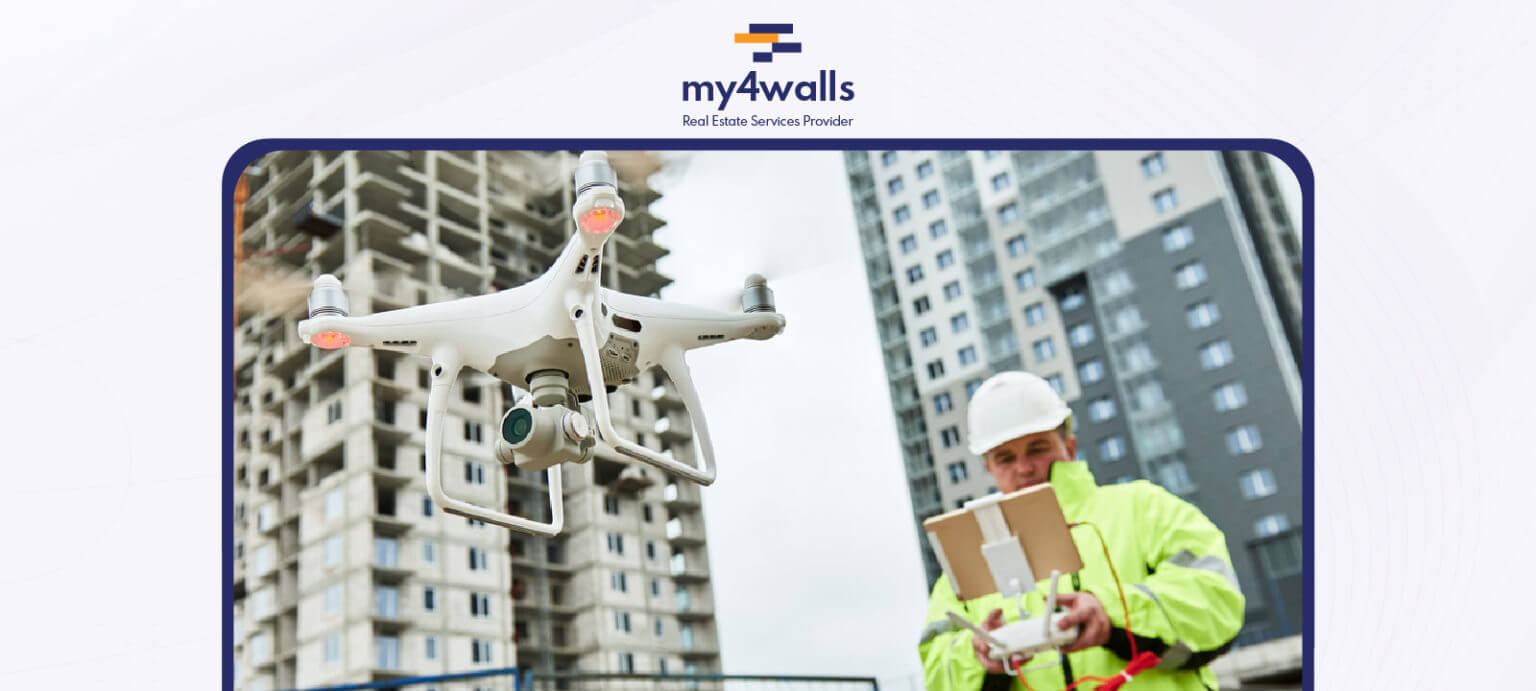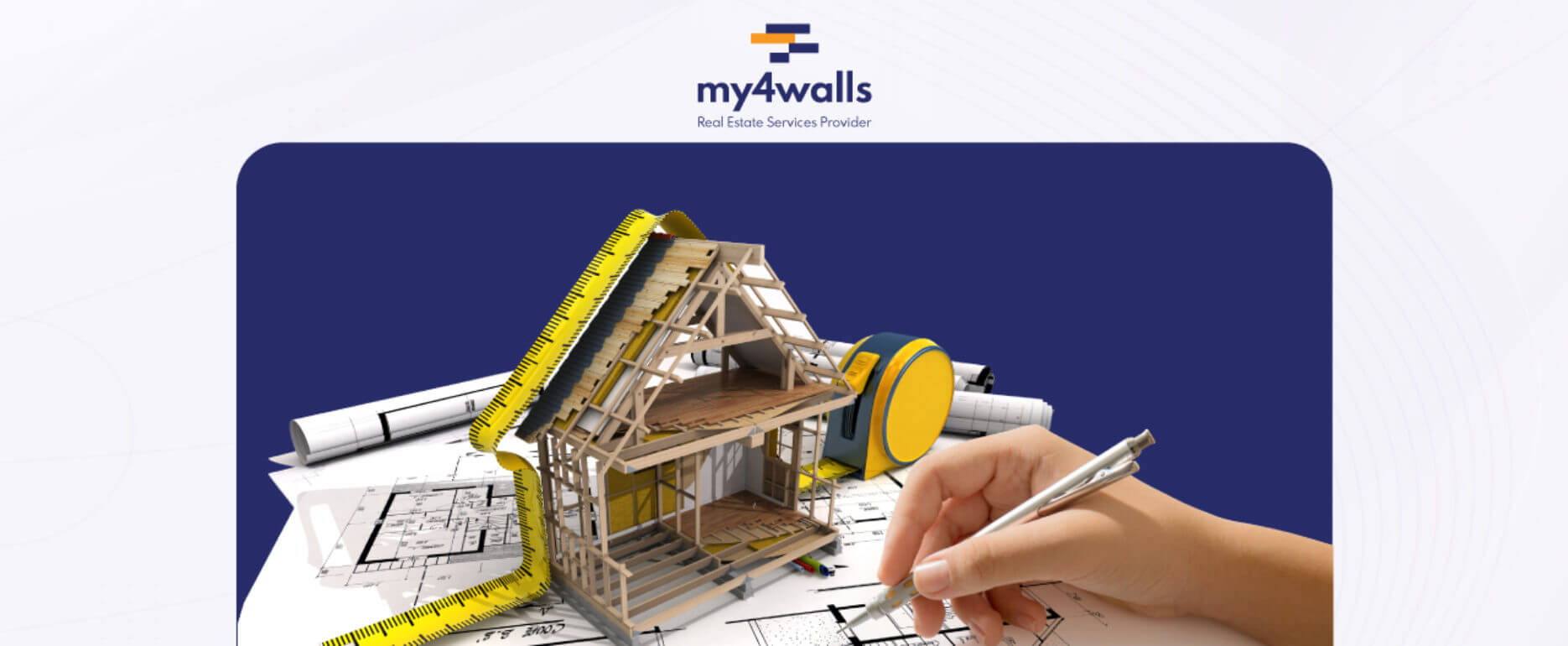
6 Types of Construction Technologies You Will Use in the Future
It is 2022 and technology should now be viewed as one of the building blocks to a successful industry. There is no room for primitive processes and systems any more, innovation is the road to increased productivity. According to past research, executives in the engineering field are planning to invest in construction technology. The latest construction technology will enable businesses to use digital transformations and keep ten steps ahead of their competitors.
Even though construction technology has been slow to adopt, there is some progress that can be built upon. construction technologies have improved efficiency, reduced workplace injuries, and are pushing the industry towards a brighter future.
Many construction technologies can perform numerous specialized tasks. For example, artificial intelligence (AI) in construction has developed robots for repetitive brick placement, artificial reality (AR) in construction has allowed remote workers to inspect and supervise job sites in real-time and computer software has helped architects give better building design insights. With these construction technologies, companies have built stronger and more efficient structures. It has redefined the construction industry by improving communication and collaboration.
These are real-life applications and benefits to modernizing the current construction processes. Construction companies need to find innovative ways to integrate new approaches into their business systems if they want to maintain a competitive edge in the industry. This inventive construction technology is changing the way the industry runs as well as how future projects will be completed and delivered.
Here are six types of construction technology that are currently affecting the construction industry:
- Data collection applications
- Drones
- Building Information Modeling software
- Virtual Reality and wearables
- 3D Printing
- Artificial Intelligence
1. Data collection applications in construction technology
Data collection applications are becoming a norm in construction technology. With an increasing number of portable devices (mobile phones, laptops, tablets, etc), there is room for greater communication and the ability to work remotely from anywhere.
Data collection applications can help construction companies capture more accurate, higher-quality data at fast speeds. Integration of these applications into current construction processes is simple and requires only a small investment.
The benefits are overarching. Data collection application users save a lot of time in the field and administrative hours every week and also report fewer errors in data entry. Automating data collection workflows allows a series of tasks to be done mechanically until the entire project is completed. Data collection applications facilitate many tasks such as near-miss reporting, inspecting equipment every day as well as comprehensive analysis of job safety. These technologies also help with fast reporting for tasks such as daily reports, client deliverables, or legal documentation. It is also possible to customize generated reports based on different clients and their needs and requirements.
2. Drones in construction technology
Drones are one of the newer construction technology.
Traditional methods of manual data collection are tedious, prone to errors, and require a lot of manpower. Drone technology is automatic, precise, and accurate.
Using drone construction technology is quite simple. Drones fly over relevant job sites, scan the area and relay high-resolution pictures back to the headquarters. Engineers analyze this data with computer software and use it in construction designs.
Drones are fast and also much cheaper than aerial imaging. The collected data can be easily used to create interactive 3D or topographical maps and models.
For hard-to-reach places such as bridges or tall buildings, drones can safely inspect them. It can also monitor the progress on a job site and see how people on the field are working.
3. Building Information Modeling software in Construction technology
Building information modeling (BIM) software is another example of construction technology. It is for managing and creating all the digital features of a construction project.
In the design and planning stages of the project, BIM allows contractors to virtually build projects before actually starting any of the groundwork. This allows them to predict and also react smoothly to any problems that might arise during the construction process.
The software provides a space for improved collaboration because all relevant personnel involved can add their own ideas to one unified model. Using BIM results in faster project completion because the contribution and streamlining processes are happening one after another in rapid succession. The design and documentation are also happening simultaneously, ultimately leading to increased efficiency.
4. Virtual Reality and wearables in construction technology
Virtual reality (VR) in construction technology is used together with BIM in order to showcase complex projects. BIM creates the construction design and VR in construction technology allows the client to take a walk around it (virtually of course)!
These two super-construction technologies allow architects to showcase a realistic picture of the completed project. With such a firm hold on the project, it prevents making big and costly changes halfway through the actual construction.
Other construction technologies such as wearables are reportedly making a positive impact on safety and productivity.
5. 3D Printing in construction technology
3D printing construction technology has the potential to transform the entire foundation of resource collection. For prefabrication, project materials can be directly printed and transported to the job site for immediate use. Through these streamlined processes, it can allow businesses to receive materials faster.
With 3D printing, materials can also just be printed at the site further eliminating transport and storage costs. However, there is a challenge in using this technology for mass production. There are 3D printers that can print on a large scale, but they are very expensive.
6. Artificial Intelligence in construction technology
Artificial intelligence (AI) in construction is essential for the construction industry. It captures and analyses data from cameras and alerts managers of any incoming hazards. AI in construction automates the mundane but crucial tasks that are essential to keep operations afloat.
Complicated projects can be better executed with AI and machine learning in construction because of their precision and coordination abilities. On the other hand, humans can focus on small-scale projects.
AI in construction has helped large construction companies build their own programs best suited to their internal and external mechanisms and operations. While other companies rely on third parties to audit their practices and look for opportunities in AI and machine learning in construction.
In conclusion, with many construction technologies currently in use and in development for the future, taking a head start on investing in this construction technology is a very smart path for achieving business growth with small upfront costs but a huge return on investment potential.



